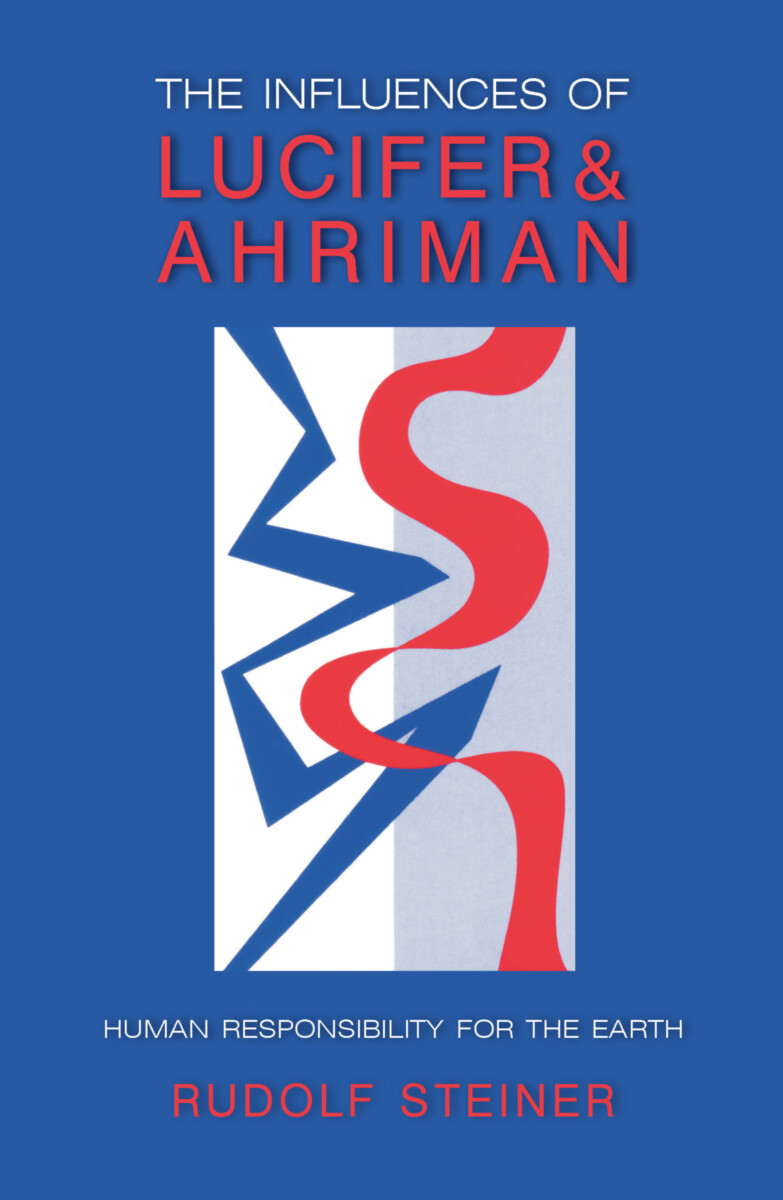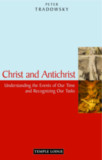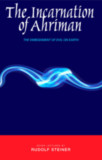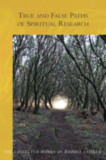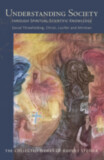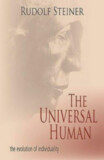The Influences of Lucifer and Ahriman
Human Responsibility for the Earth (CW 191, 193)
- Publisher
SteinerBooks - Published
1st June 1976 - ISBN 9780880103756
- Language English
- Pages 96 pp.
5 lectures, Dornach and Bern, November 1–15, 1919 (CW 191, 193)
“Human beings are dwellers in two worlds. Our uniqueness amongst the creatures of earth lies in this role that we have as half beast half angel. A dynamic tension exists because of the contrary demands which living in each of these realms places on us. We experience this on a daily basis, an internal tug-of-war, pulling first in one direction, then to the opposite pole. Whenever we are called upon to make a choice, a decision, the earthly and the heavenly draw us one way or the other and often both at once!” —Rudolf Steiner
In these lectures, Steiner focuses on the vital task of developing the proper orientation toward a free spiritual life. With great compassion and understanding, he offers telling examples of how humanity must walk a conscious middle way between the two tempting powers of Lucifer and Ahriman. He describes the incarnation of Lucifer in the third millennium before the Christ event, out of which flowed not just the wisdom of paganism, but also the conscious intellect we enjoy today. Ahriman, on the other hand, is shown approaching human beings through such phenomena as materialism, nationalism, and literalism, all in preparation for his incarnation in the third millennium.
Keep in mind, however, that these two powers do not work separately; rather, they are working increasingly together. Our task as human beings is to hold them in balance, continually permeating one with the other. Steiner tells us,
“Lucifer and Ahriman must be regarded as two scales of a balance, and it is we who must hold the beam in equipoise. How can we train ourselves to do this? By permeating what takes ahrimanic form within us with a strongly luciferic element.”
To accomplish this task we need a new, more conscious inner life.
Lectures 1, 2, 4, and 5 are translations of lectures 11, 12, 15, and 13 in Soziales Verstandnis aus geisteswissenschaftlichen Erkentnis Die Geistige Hintergründe der Sozialen Frage - Band III (GA 191). Lecture 3 is translated from lecture 10 of Der innere Aspekt des sozialen Rätsels. Luziferische Vergangenheit und ahrimanische Zukunft (GA 193)
Rudolf Steiner
Rudolf Steiner (b. Rudolf Joseph Lorenz Steiner, 1861–1925) was born in the small village of Kraljevec, Austro-Hungarian Empire (now in Croatia), where he grew up. As a young man, he lived in Weimar and Berlin, where he became a well-published scientific, literary, and philosophical scholar, known especially for his work with Goethe’s scientific writings. Steiner termed his spiritual philosophy anthroposophy, meaning “wisdom of the human being.” As an exceptionally developed seer, he based his work on direct knowledge and perception of spiritual dimensions. He initiated a modern, universal “spiritual science” that is accessible to anyone willing to exercise clear and unbiased thinking. From his spiritual investigations, Steiner provided suggestions for the renewal of numerous activities, including education (general and for special needs), agriculture, medicine, economics, architecture, science, philosophy, Christianity, and the arts. There are currently thousands of schools, clinics, farms, and initiatives in other fields that involve practical work based on the principles Steiner developed. His many published works feature his research into the spiritual nature of human beings, the evolution of the world and humanity, and methods for personal development. He wrote some thirty books and delivered more than six thousand lectures throughout much of Europe. In 1924, Steiner founded the General Anthroposophical Society, which today has branches around the world.


